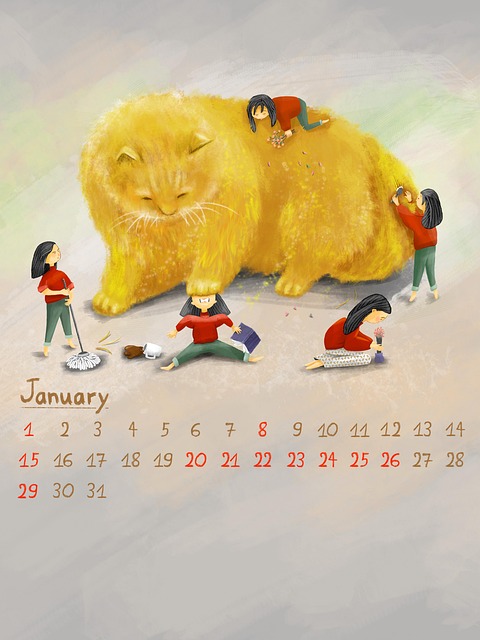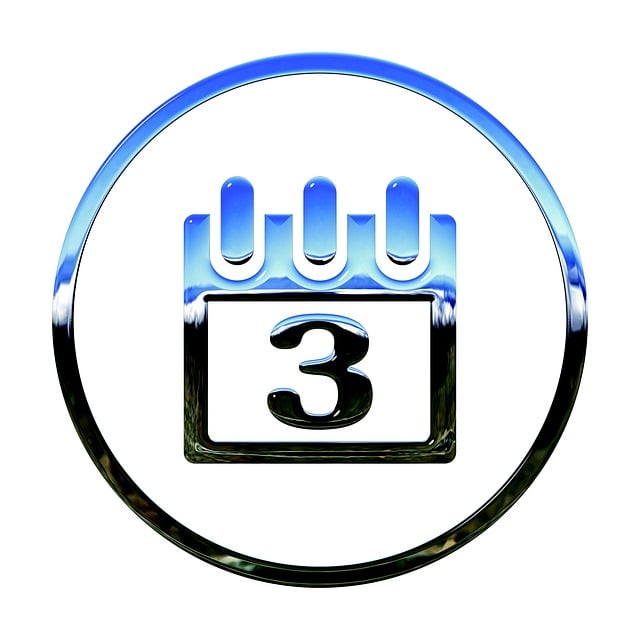Hijri Calendar: Lunar vs Solar: Cultural & Religious Impact
The Hijri Calendar, an Islamic lunar timekeeping system, diverges from the Gregorian solar calendar…….

The Hijri Calendar, an Islamic lunar timekeeping system, diverges from the Gregorian solar calendar with shorter years (354-355 days) and occasional "leap" months to align with seasonal changes. Its artistic representations emphasizing moon phases reflect its unique astronomical foundation, while modern use shows its integration into contemporary life and religious practices.
The Hijri calendar, a lunar-based system used by Muslims worldwide, diverges from the Gregorian year due to its unique astronomical foundation. While the Gregorian follows a solar cycle, the Hijri measures time through lunar cycles and incorporates leap years differently. This divergence results in varying dates for Islamic holidays. With each Hijri year lasting approximately 354 or 355 days, compared to the Gregorian’s 365-day cycle, understanding these differences is essential for cultural and religious practices.
- Astronomical Basis vs. Solar Calendar
- Lunar Cycles and Leap Years
- Cultural and Religious Significance
Astronomical Basis vs. Solar Calendar

The Hijri Calendar, used within Islam, is based on a lunar cycle as opposed to the widely recognized Gregorian Calendar’s solar-based system. This fundamental difference leads to an intriguing variation in the length of years between the two calendars. While a solar calendar tracks time by the Earth’s revolution around the sun, a lunar calendar measures it according to the moon’s orbital period.
In the case of the Hijri, each year is calculated based on the cycles of the moon, resulting in an average duration of 354 or 355 days per year. This contrasts with the Gregorian year, which averages approximately 365.25 days. The discrepancy arises from the fact that lunar months are approximately 11 days shorter than solar years, leading to a constant need for “leap” months in the Hijri calendar to keep it aligned with seasonal changes, a feature not present in the solar-based Gregorian system. This unique astronomical basis offers a distinct perspective on timekeeping, reflected even in artistic representations of Hijri months that often capture the moon’s phases as key elements. Give us a call at contemporary use of hijri calendar to learn more about its fascinating integration into modern life and religious practices.
Lunar Cycles and Leap Years

The Hijri Calendar, based on lunar cycles, differs from the Gregorian due to its unique system of timekeeping. Unlike the Gregorian’s solar-based approach that includes leap years every 4 years to account for seasonal variations, the Hijri Calendar follows a strictly lunar cycle. This means each year is approximately 11 days shorter than the Gregorian year, resulting in a cyclical pattern of 354 or 355 days per Hijri year.
To maintain synchronicity with the solar year and facilitate agricultural planning, the Hijri Calendar incorporates a system of leap months. Occasionally, an extra month is added to align the lunar calendar with the seasons. This practice, while different from Gregorian leap years, ensures that Islamic festivals like Eid al-Fitr are celebrated at the appropriate time of year. Decorating with Islamic calendar motifs and artistic representations of Hijri months reflect a rich cultural heritage, while modern interpretations of Hijri aesthetics offer fresh perspectives for contemporary audiences. Visit us at Islamic festivals tied to the Hijri Calendar anytime to experience these fascinating traditions firsthand.
Cultural and Religious Significance

The Hijri Calendar holds profound cultural and religious significance within Islam. It serves as a testament to the faith’s deep connection with timekeeping traditions, centered around the lunar cycle rather than the solar year. This calendar system is not merely a means of measuring time; it’s deeply embedded in the daily lives and rituals of Muslims worldwide. The start of each Hijri year marks the new moon, signifying a cycle of renewal and reflection, which aligns perfectly with the spiritual values of Islam.
Understanding lunar months in Islam involves recognizing that the Hijri year is approximately 10 to 12 days shorter than its Gregorian counterpart. This variation results in an ever-changing calendar, where religious festivals and significant events occur at different times each year. For beginners exploring Hijri dates, this unique aspect adds a layer of complexity but also offers a deeper appreciation for the dynamic nature of Islamic timekeeping traditions. Give us a call at why is hijri used in islam?
The Hijri Calendar, based on lunar cycles, differs from the Gregorian due to its astronomical roots and cultural significance. The lunar nature of the Hijri means it varies in length, with leap years added to synchronize with the solar year. This unique approach reflects the Islamic calendar’s deep religious importance, marking significant events and festivals in Muslim communities worldwide. Understanding these variations is key to appreciating both the practical and spiritual aspects of the Hijri Calendar.







